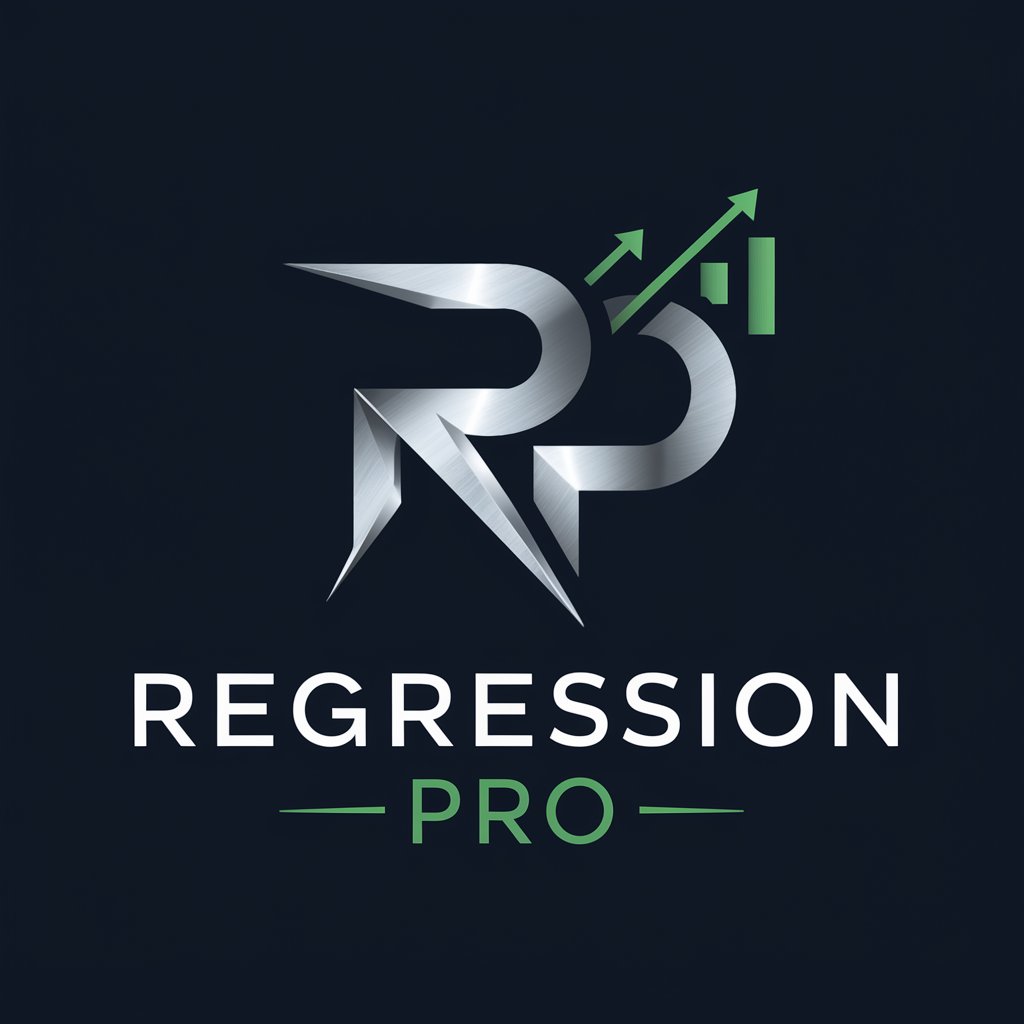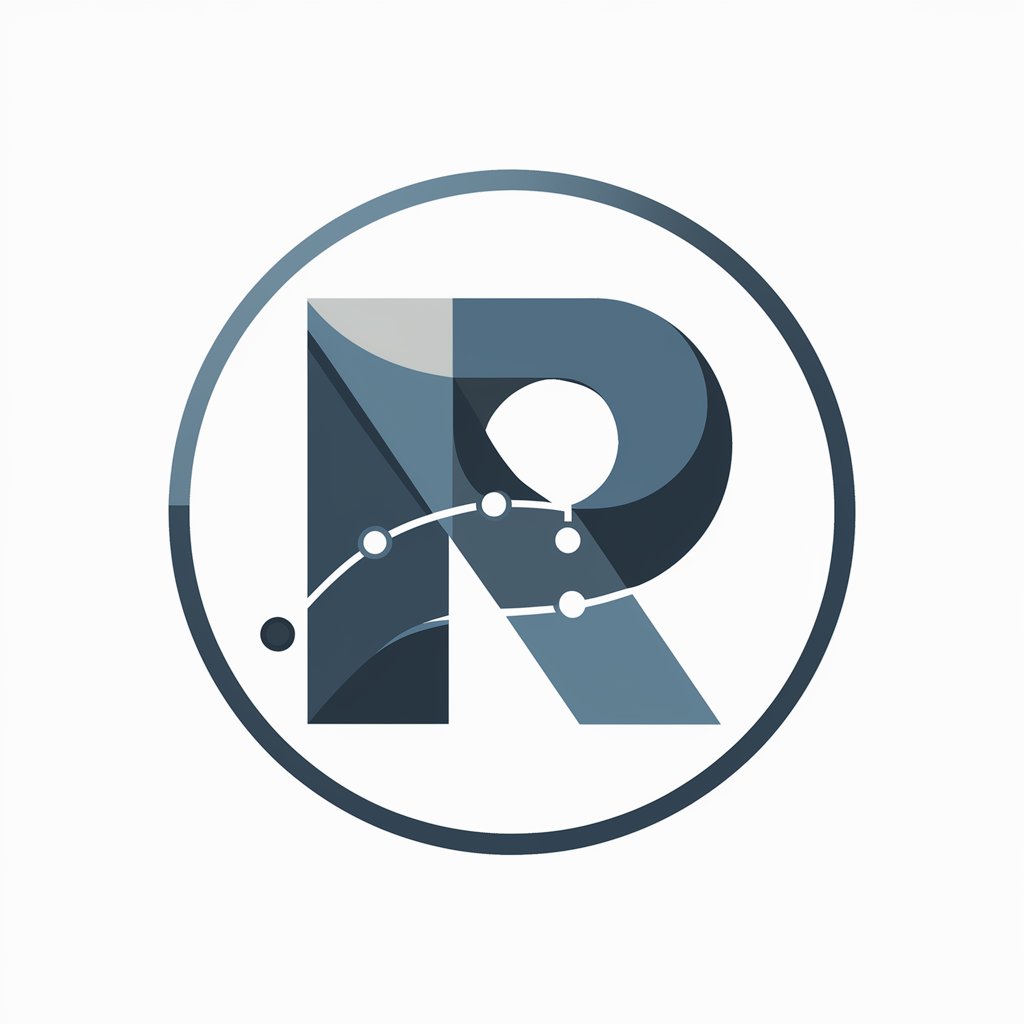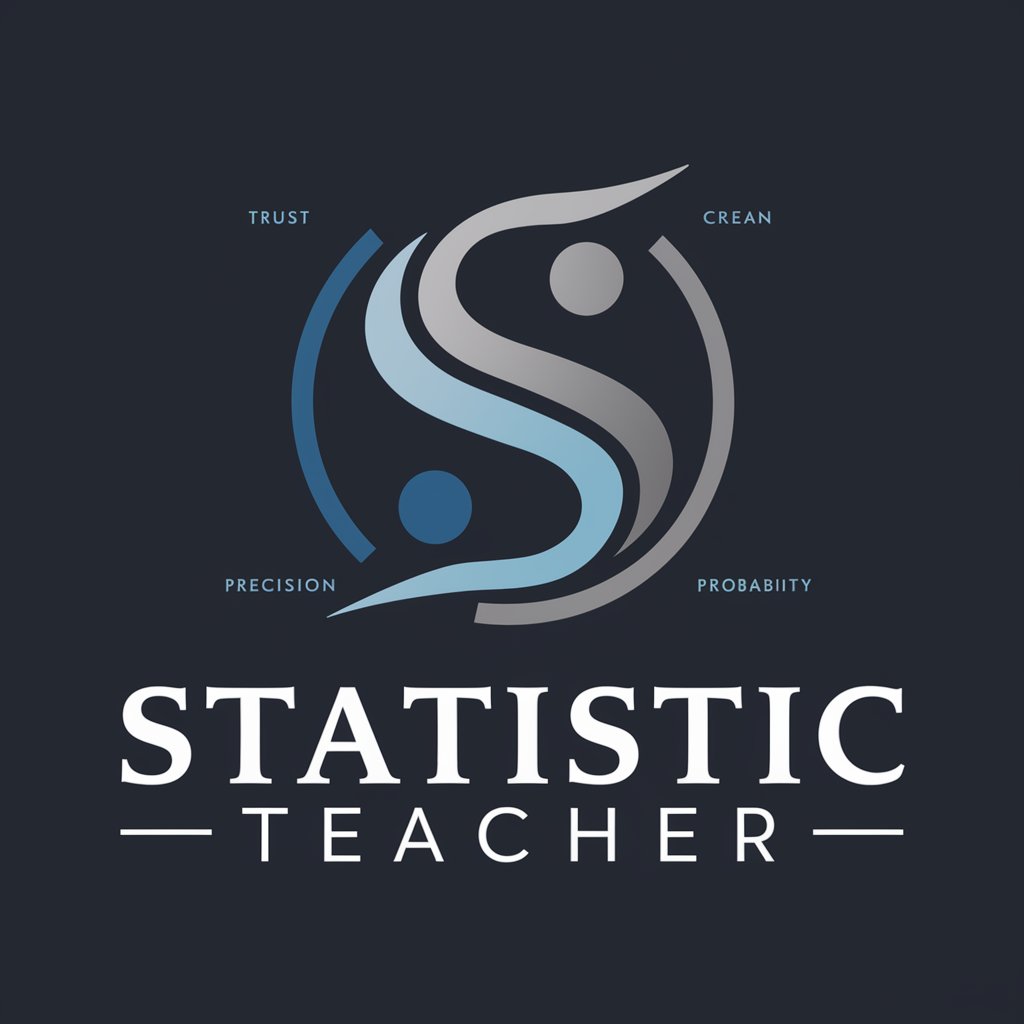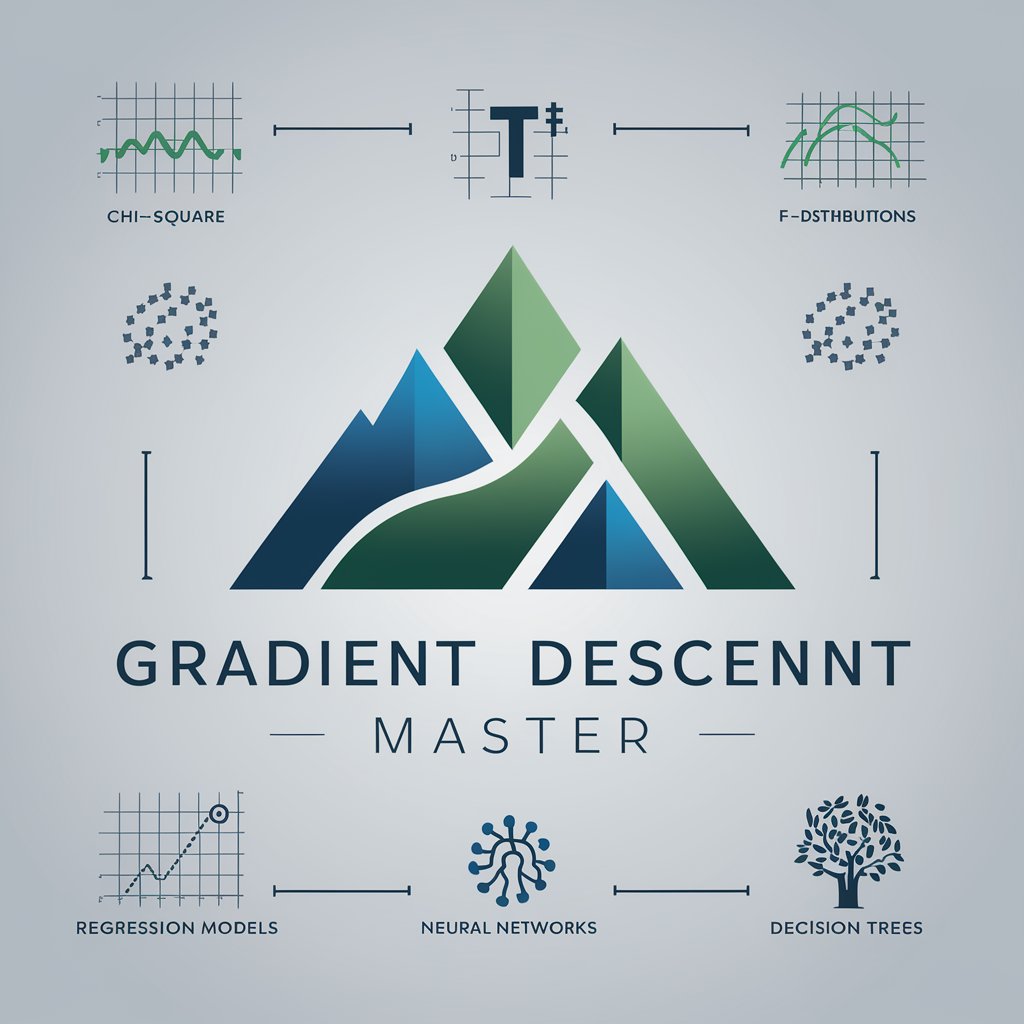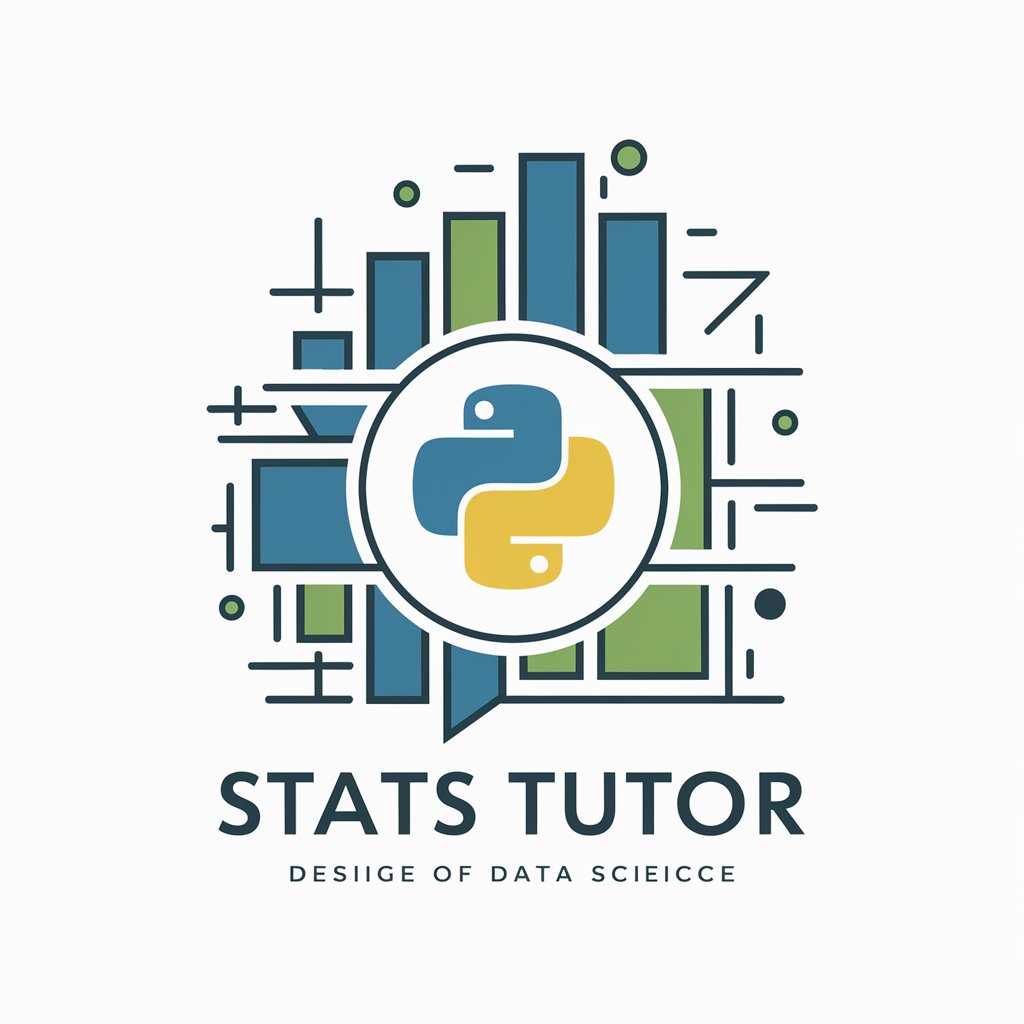
Linear Regression - Linear Regression Tool
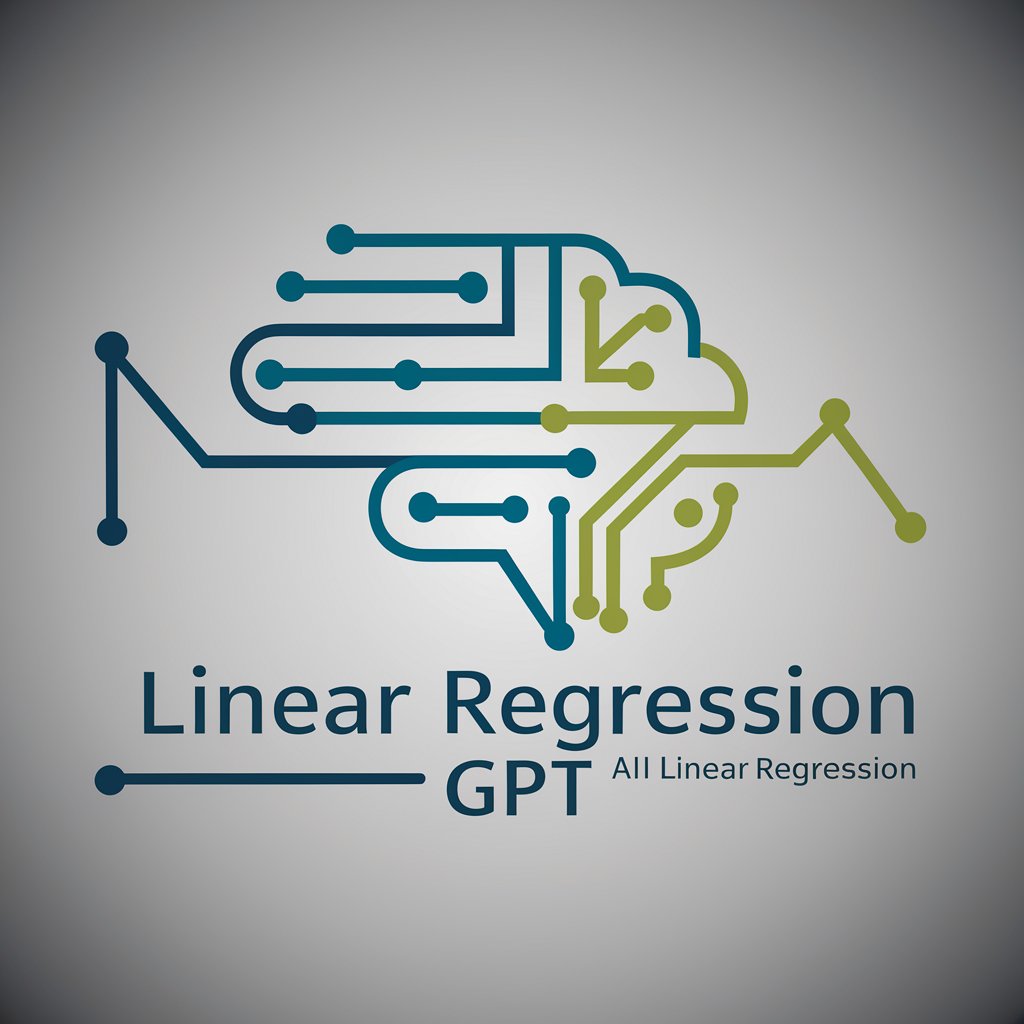
Welcome to Linear Regression GPT!
Empower decisions with AI-driven insights
Explain the significance of the Gauss-Markov theorem in linear regression.
How do you interpret the coefficients in a multiple linear regression model?
Describe the steps involved in performing an ordinary least squares regression.
What are the assumptions underlying the classical linear regression model?
Get Embed Code
Introduction to Linear Regression
Linear Regression is a statistical method used to model the relationship between a dependent variable and one or more independent variables by fitting a linear equation to observed data. The simplest form is simple linear regression, where we model the relationship between two variables. For example, predicting the price of a house based on its size. Multiple linear regression extends this concept to include multiple independent variables, like predicting a house's price based on its size, location, and age. Powered by ChatGPT-4o。

Main Functions of Linear Regression
Modeling Relationships
Example
Real estate prices can be predicted based on features like area, bedrooms, and proximity to amenities.
Scenario
A real estate company uses linear regression to estimate the market value of properties listed on their platform, helping set competitive prices.
Forecasting Future Trends
Example
Forecasting stock prices based on historical price data and other financial indicators.
Scenario
A financial analyst uses linear regression to predict future stock prices, aiding in investment decisions and risk management.
Risk Assessment
Example
Assessing credit risk by predicting the likelihood of a loan default based on borrower's financial history.
Scenario
Banks employ linear regression to evaluate the risk profile of loan applicants to determine their creditworthiness, thus mitigating potential losses.
Ideal Users of Linear Regression
Data Scientists
Data scientists use linear regression to uncover meaningful relationships between variables, validate theories, and predict future observations.
Economists
Economists apply linear regression to analyze economic trends, policy effects, and market behavior over time.
Healthcare Professionals
Healthcare professionals use linear regression to understand the impact of treatments or drug dosage on patient outcomes.

Using Linear Regression
Start Your Journey
Visit yeschat.ai for a free trial without needing to log in, and there's no requirement for ChatGPT Plus.
Data Collection
Gather and prepare your dataset, ensuring you have a dependent variable to predict and one or more independent variables.
Data Preparation
Clean your data to handle missing values, outliers, and ensure it's formatted correctly for analysis.
Model Building
Use statistical software or programming languages like Python or R to fit a linear regression model to your data.
Model Evaluation
Assess the model's performance using appropriate metrics like R-squared, RMSE, or cross-validation procedures.
Try other advanced and practical GPTs
Ghibli/Anime character art creator
Craft Your Anime Vision with AI

Communism Explained
Unpack Communism's Complexities

CoverLetter Almighty
Tailoring Your Professional Impressions

Punto Potere
Empower Your Ideas with AI-Driven Presentations

Grading Model 2.1
Enhance Writing with AI Insights
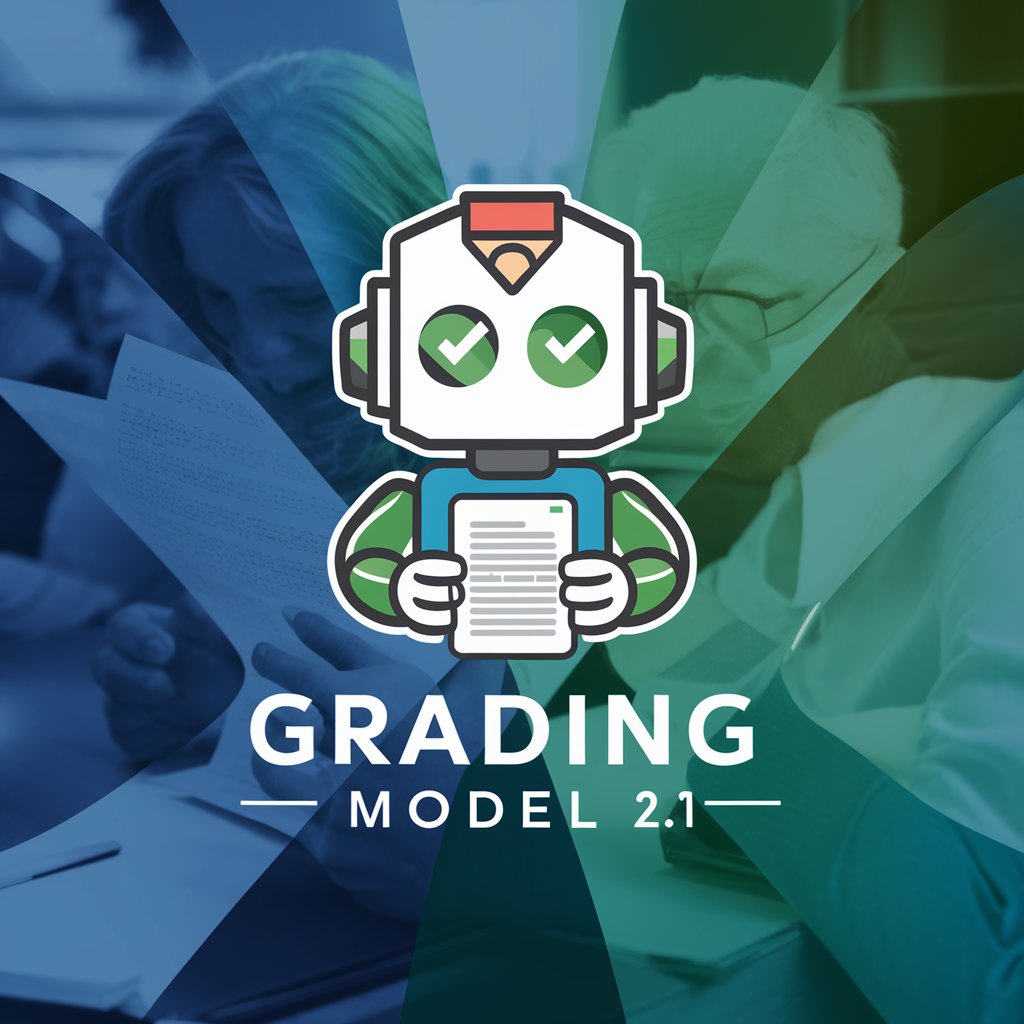
Shorten
Streamline Your Text with AI

kamikazekater
Empowering Automation with AI
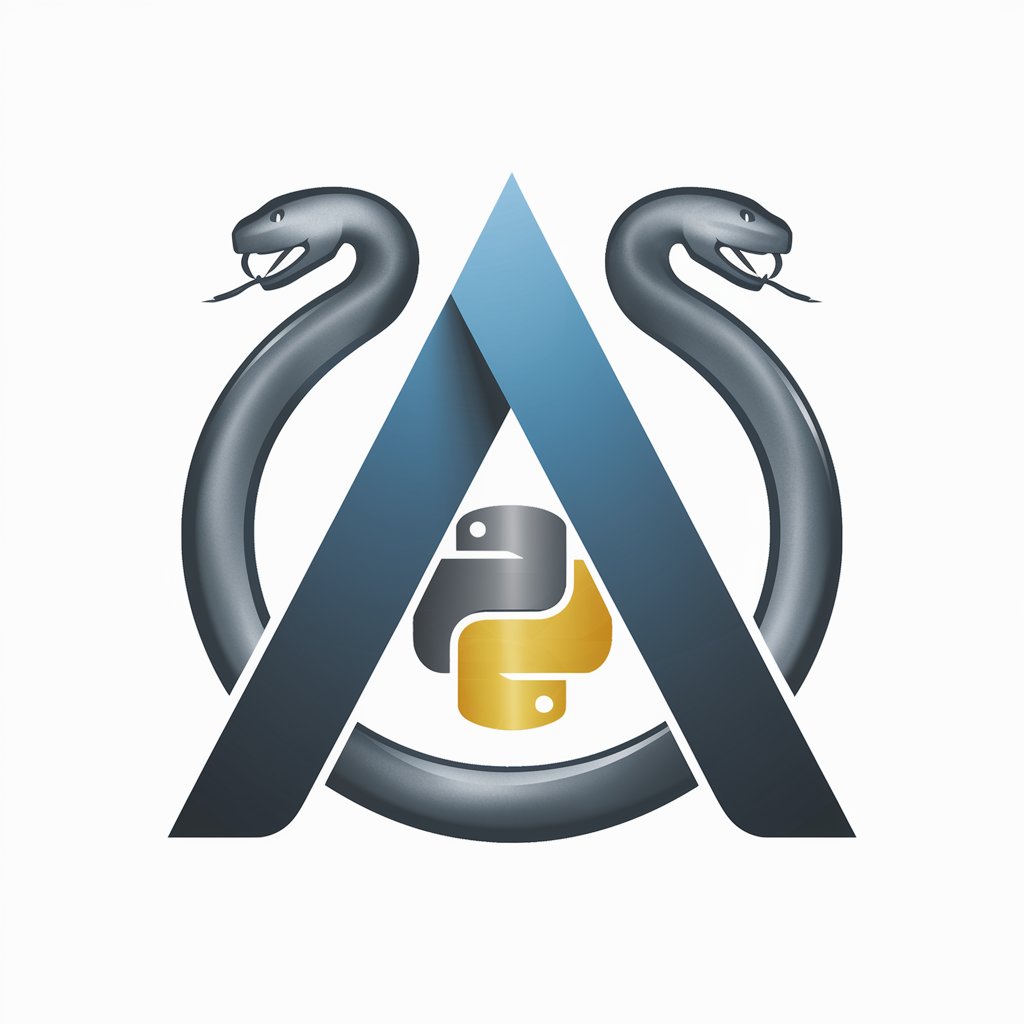
Flyer Forge AI
Empowering creativity with AI-driven design

Costa Rican Translator
Accurate, AI-powered language translation

Bubble Development Help
Empowering Bubble development with AI
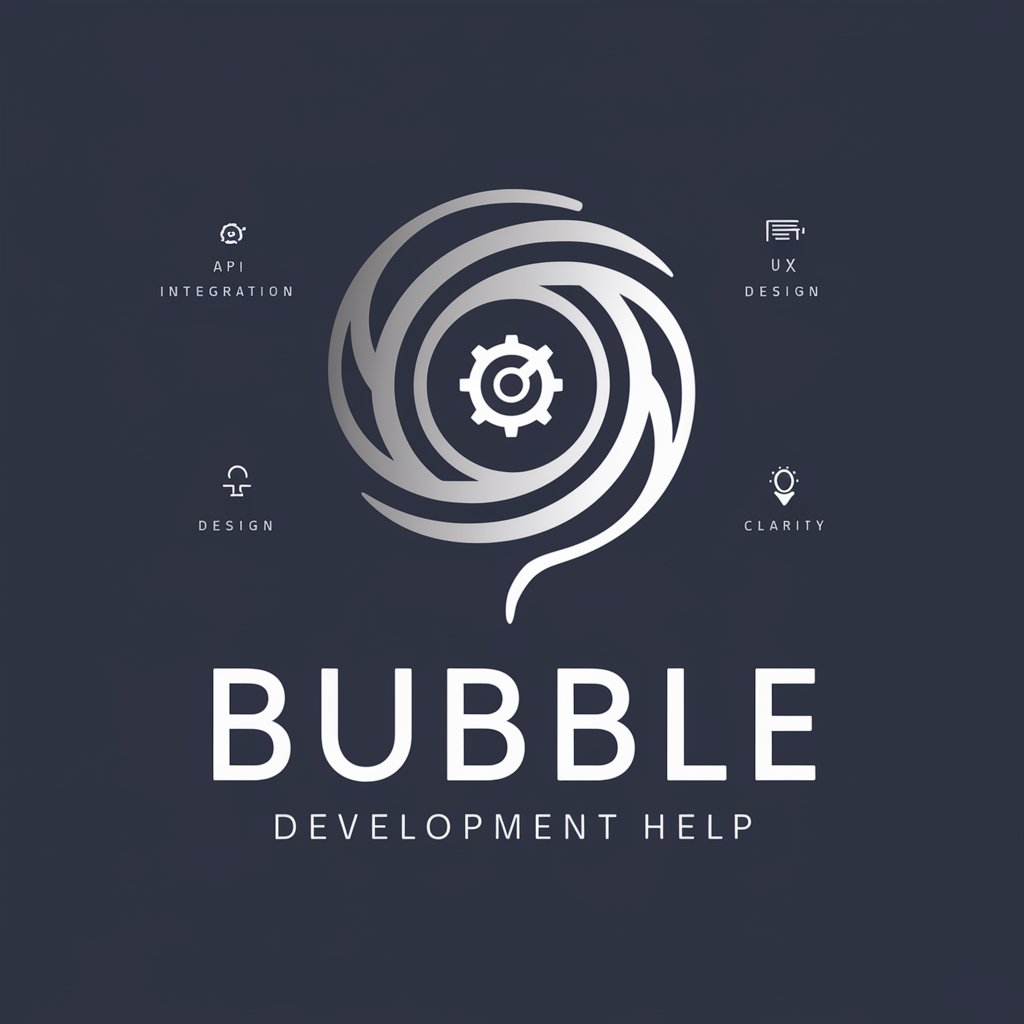
Stats
AI-powered statistical insights
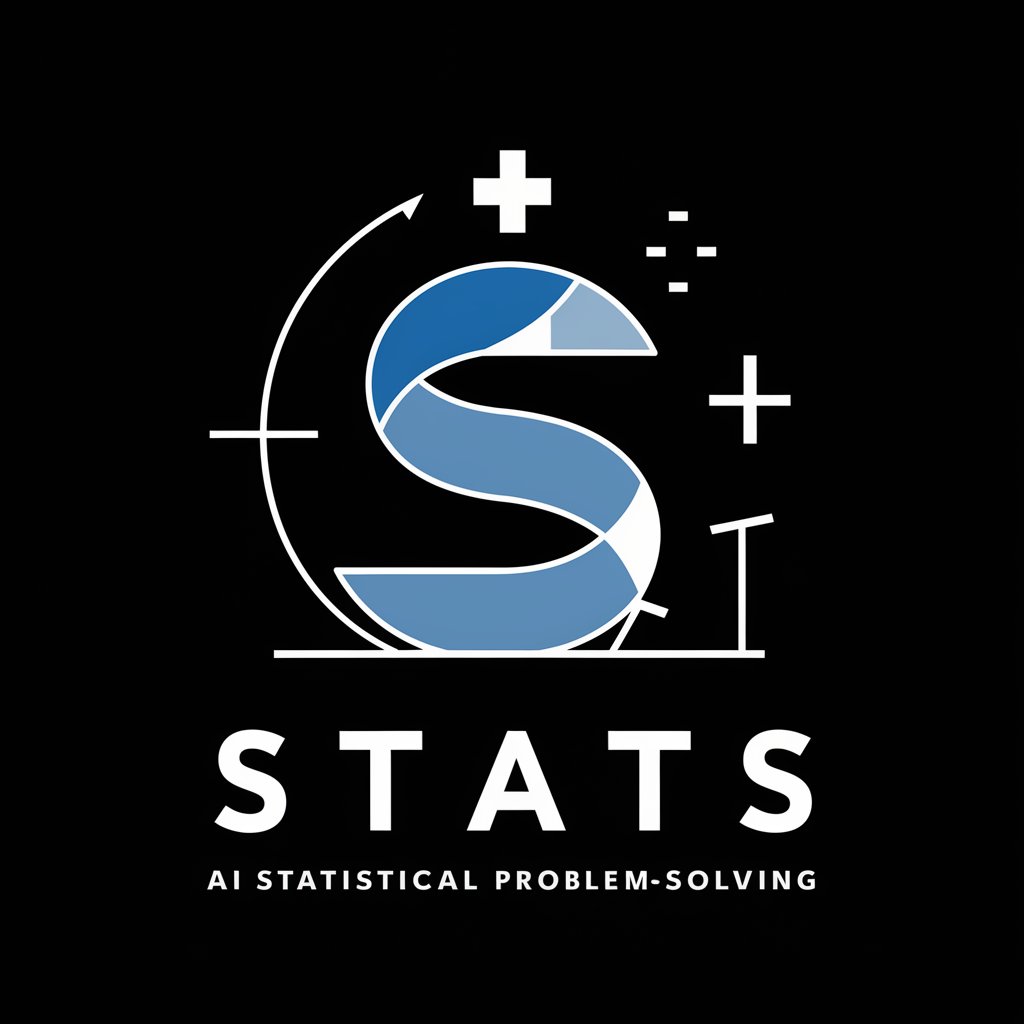
Résumé d'article
Your AI-Powered Summary Assistant

Q&A on Linear Regression
What is linear regression?
Linear regression is a statistical method used for predictive modeling which analyzes the relationship between a dependent variable and one or more independent variables, using a linear equation to predict the value of the dependent variable from the independent ones.
When should I use linear regression?
Use linear regression when you suspect or need to test a linear relationship between scalar variables. It is best suited for situations where the dataset is large enough to discern patterns and the variables involved are roughly normally distributed without many outliers.
What are the assumptions of linear regression?
Linear regression assumes that there is a linear relationship between the inputs and outputs, homoscedasticity (constant variance of errors), independence of errors, no multicollinearity among independent variables, and normal distribution of residuals.
How do I interpret regression coefficients?
In linear regression, each coefficient estimates the change in the dependent variable for a one-unit change in an independent variable, all other variables being held constant. The intercept, or the constant term, represents the expected value of the dependent variable when all independent variables are zero.
Can linear regression be used for classification tasks?
While linear regression is typically used for prediction, it can be adapted for classification by thresholding the output variable. However, logistic regression or other classification algorithms are usually more appropriate and provide better performance for classification tasks.
